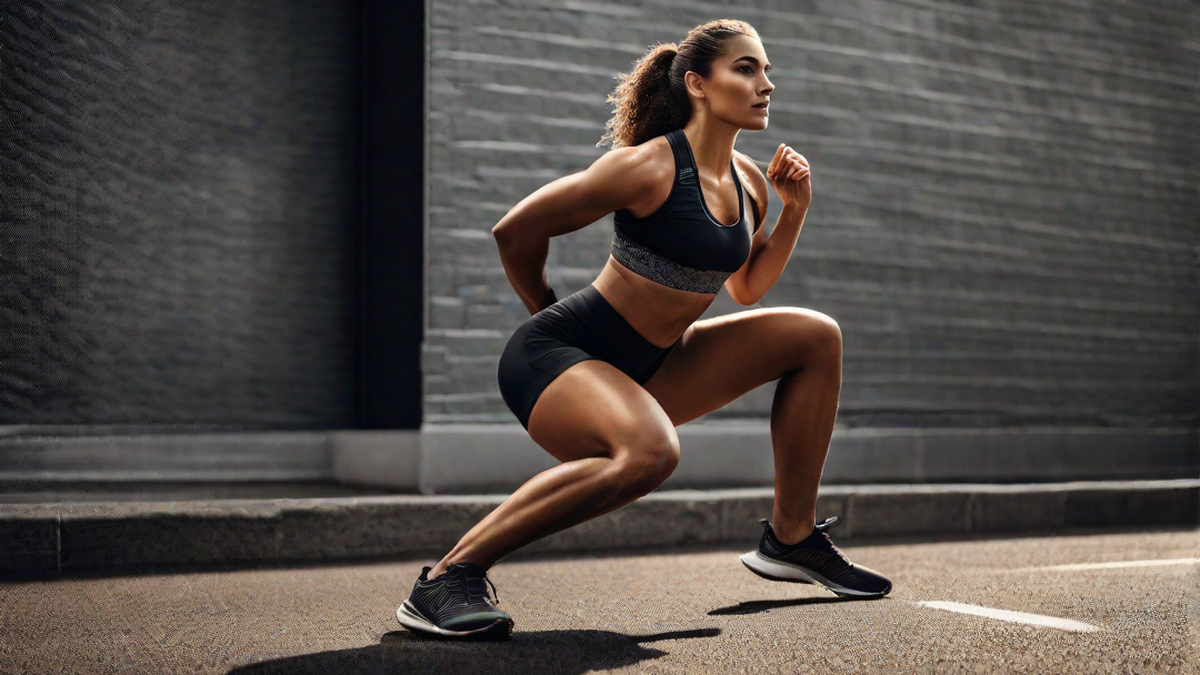When it comes to improving your running performance, there are several exercises that can help. One exercise that often comes up in discussions is squats. As a runner myself, I can attest to the benefits of incorporating squats into my training routine.
Squats are a compound exercise that target the muscles in your lower body, including your quadriceps, hamstrings, and glutes. These muscles play a crucial role in running, providing power and stability with each stride. By strengthening these muscles through squats, you can enhance your running efficiency and reduce the risk of injury.
One of the key benefits of squats for runners is the improvement in leg strength. As you perform squats, you are engaging multiple muscle groups simultaneously, which helps to develop balanced strength throughout your lower body. This balance is essential for maintaining proper running form and preventing muscle imbalances that can lead to injuries.
In addition to strengthening your legs, squats also target your core muscles. A strong core is vital for maintaining stability and good posture while running. When your core is weak, you may experience a loss of efficiency and may be more prone to injuries. By incorporating squats into your training routine, you can strengthen your core muscles and improve your overall running performance.
Squats also help to improve your balance and stability, which are essential for runners, especially when navigating uneven terrain or performing quick changes in direction. By challenging your balance during squats, you will develop better proprioception, which is your body’s ability to sense its position and movement in space. This improved proprioception can translate into better coordination and agility while running.
Now, let’s talk about how to perform squats correctly. Start by standing with your feet shoulder-width apart. Slowly lower your body by bending your knees and pushing your hips back as if you are sitting into an imaginary chair. Keep your chest up and your back straight throughout the movement. Aim to lower your body until your thighs are parallel to the ground, or as close to parallel as you can comfortably go. Then, push through your heels to return to the starting position.
It’s important to note that squats should be performed with proper form to avoid injury. If you are new to squats or have any concerns about your form, it’s always a good idea to seek guidance from a qualified fitness professional.
In conclusion, squats can be a valuable exercise for runners. They help to strengthen your leg and core muscles, improve balance and stability, and enhance overall running performance. Incorporating squats into your training routine can make a noticeable difference in your running ability and help you reach your goals.

